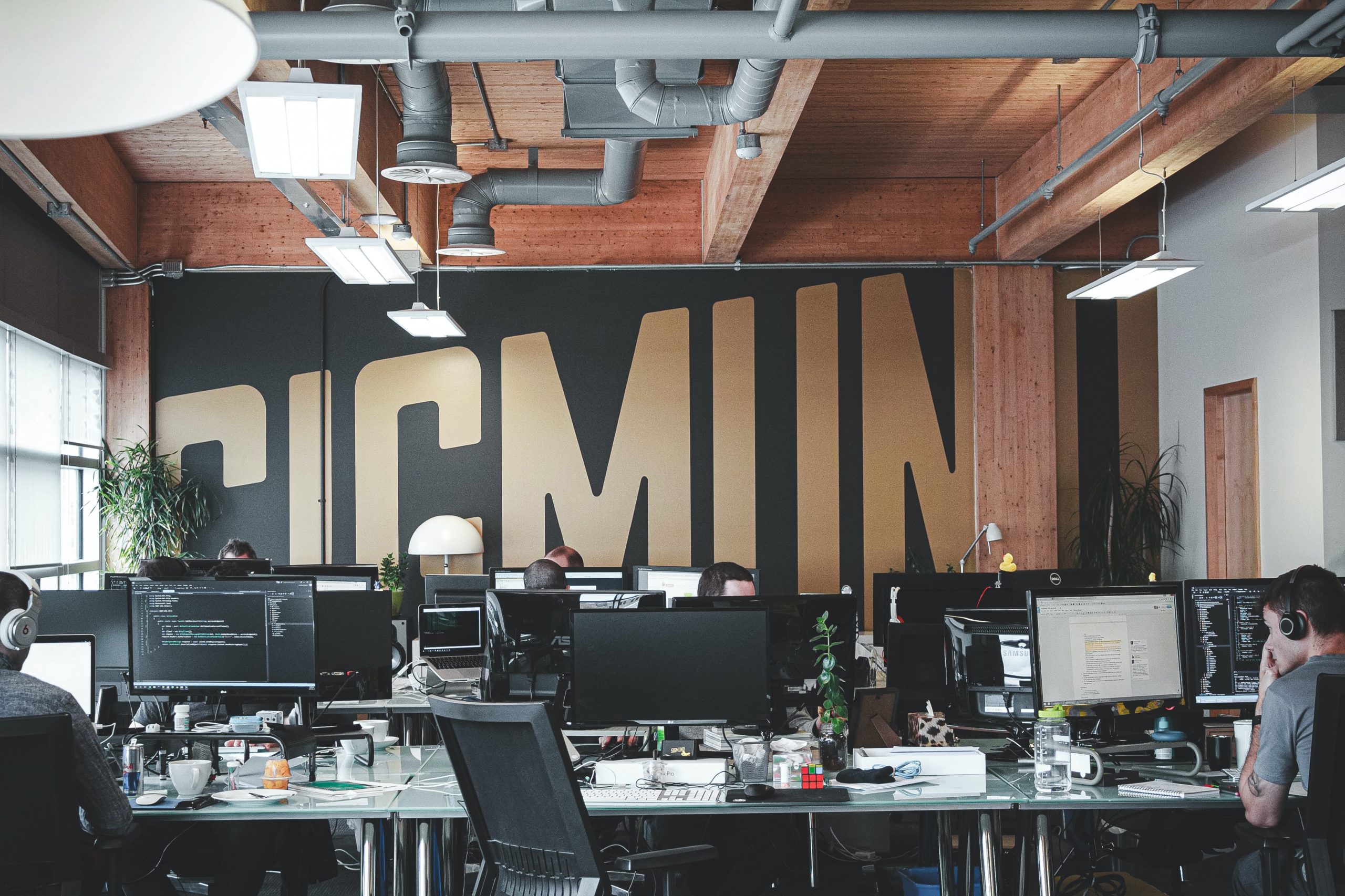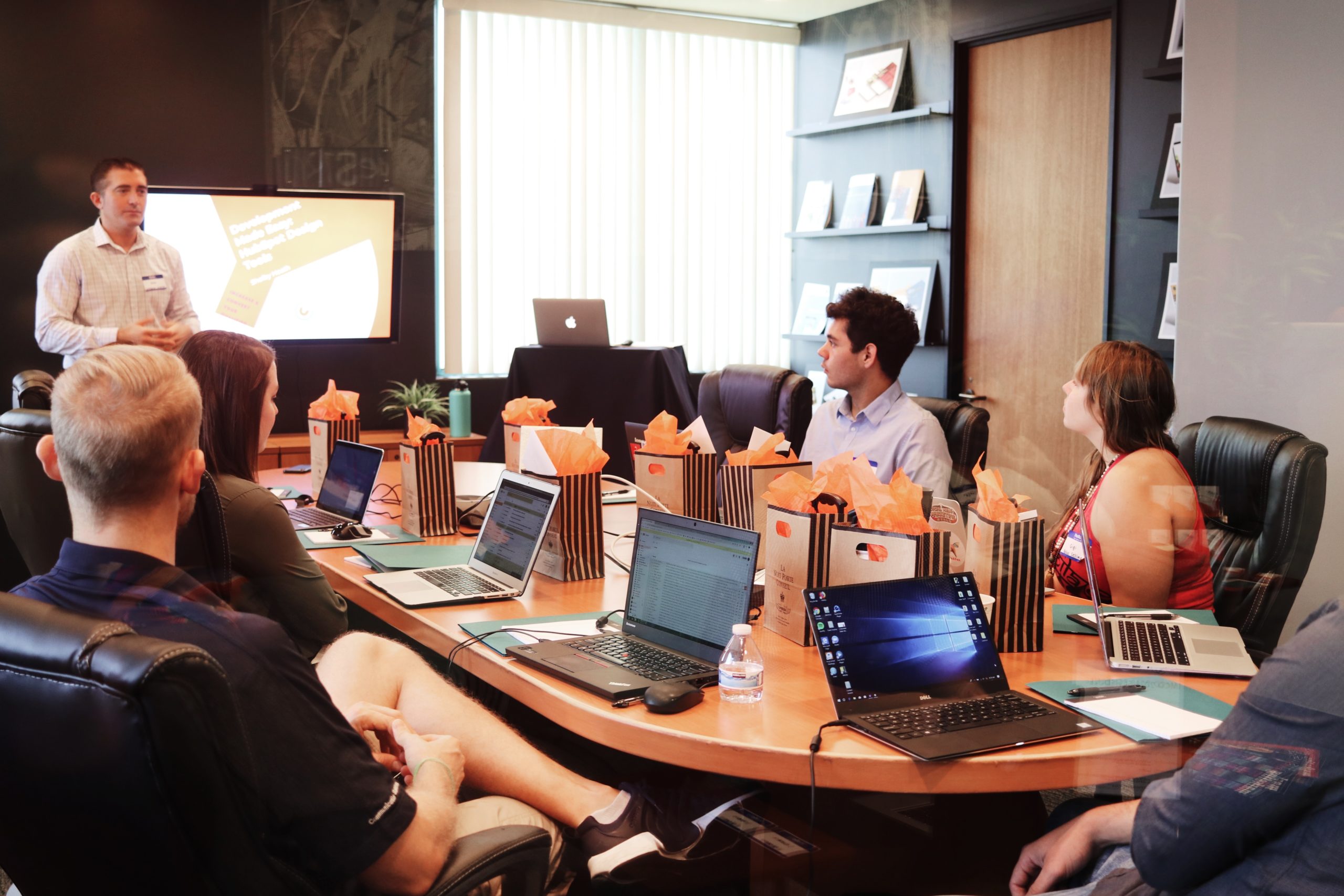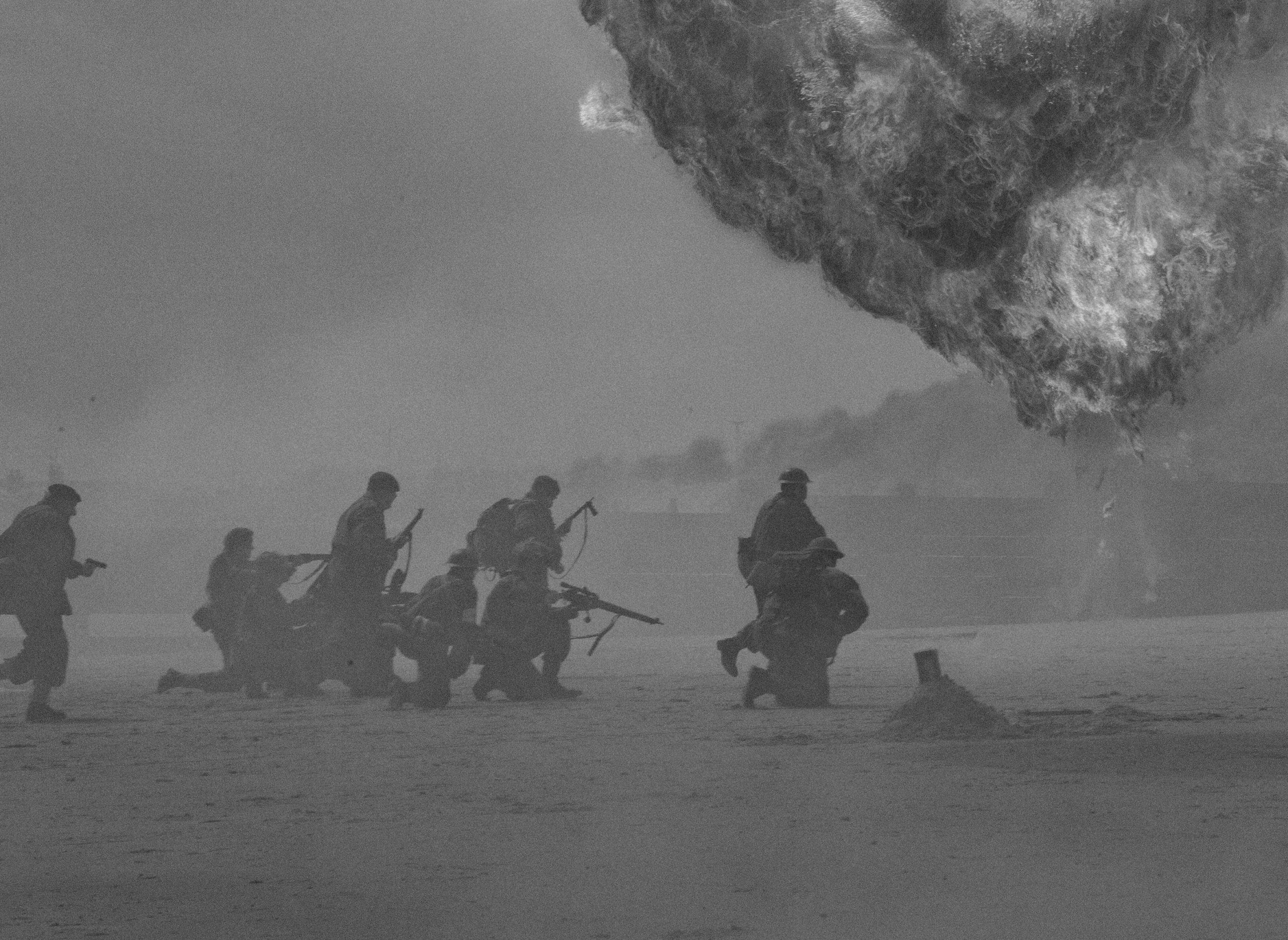
The Leadership Bottom Line

There is an old meme that’s been floating around the Internet for a long time where it says, “CFO asks CEO, ‘What happens if we invest in developing our people and they leave?’ And the CEO responds, ‘What happens if we don’t, and they stay?'” This popular meme highlights the major issue in leadership development. While training and support for leadership is a line item for every organization, what is the ROI? When we look at it, it is an expense, and it can be significant, depending on how much an organization wants to invest in its people. However, the costs of not taking it are substantial. We need to start diving into organizations and exploring the aspects of what the aggregate effect of healthy leadership development are and how we show that it is a genuine and sincere need for our organization.
I think back to some of the earliest people I’ve coached where I saw a young leader who’s good at their job, then she gets promoted and is now the team leader and is expected to oversee the people who are doing the job that she used to do. When we look at it on a technical basis, she should be very good at that, and she knows the job, she has the ins and outs. But does she know how to delegate? Does she know how to step back and view her new organizational role and how those relationships have to grow? These skills and concepts are what proper leadership development brings into an organization.
I was speaking to a new project manager not too long ago, and he was proud that he completed his first project under time and budget. When I asked him how he made it happen, he said that he had spent the extra nights and weekends and worked himself to make sure the job got done.
Sorry, skippy, that’s not how it works. It’s not sustainable.
Making sure that new leaders have robust development opportunities available is crucial; this is true for experienced leaders as well. What happens when you have that one weak leader in your organization? You regularly see people in his team turning over because it’s just an unhealthy environment, and they don’t like working there. The common denominator is that one weak leader. Think about the extended costs of rehiring and retraining. Even if they are low, entry-level employees, those costs add up. The reputation of the organization can become tarnished. There’s a cost there. Development for executive teams falls along similar lines. What happens when we don’t set and exemplify a cultural precedent of what is expected in our organization? What happens when we don’t show people we care about their personal and professional development to inspire some of their loyalty, where they can see growth opportunities within the company. Let’s be honest; many people leave when they don’t see that opportunity for personal and professional development within their roles. They’re looking to see that next step. Sometimes it’s a leadership position. Sometimes it’s just simple job expansion. But if that’s not available, they’re going to look elsewhere.
These phenomenons become something that when we look at conversations at an organizational level, and we understand that, yes, this is a significant expense for some of our organizations. Still, it is a substantial investment in the organization’s future because we don’t want to keep bringing new people in through the door or to be losing out top talent and the productivity, organizational knowledge, and networks that come with them.
We don’t want to keep losing the best people that we have at any level. Unless we take the time to build proper development into our organizations, we’re going to fall short every time.
Invest in your people, invest in your organization, and invest in your future. That’s the power of leadership development. It’s not something where you are going to see immediate returns, but it’s going to be a huge stone that has a massive ripple effect when we toss it into that larger pond. It’s going to affect and touch every piece of our organization’s success. Robust leadership development is the only sustainable competitive advantage an organization can have because that’s what allows organizations to continually adapt and adjust and overcome the circumstances that they find themselves in, take advantage of new opportunities, and surmount the challenges before them.
Ed Brzychcy is former U.S. Army Infantry Staff-Sergeant with service across 3 combat deployments to Iraq. After his time in the military, he received his MBA from Babson College and now coaches organizational leadership and growth through his consultancy, Blue Cord Management.
Growing and Developing core leaders in business
Ed Brzychcy is former U.S. Army Infantry Staff-Sergeant with service across three combat deployments to Iraq. After his time in the military, he received his MBA from Babson College and now coaches organizational leadership and growth through his consultancy, Blue Cord Management.
Blue Cord Management provides three essential services to organizations.
Training - our robust Lead from the Front training programs provide new and established leaders key insights into leadership strategy, skills, and behaviors.
Coaching - our coaching program helps to build fundamental leadership competencies through robust one-on-one coaching designed to help develop long-term skills and habits.
Consulting - we work with organizations on developing the core leadership throughout their business, helping to increase retention, engagement, and productivity at all levels. We work on providing a cultural shift toward a more dynamic, empowered, and proactive leadership structure for all organizational levels
Located in Boston, MA, reach us at 617-936-2765 and our website, bluecordmgmt.com. |Ed Brzychcy
Growing and Developing core leaders in business
Ed Brzychcy is former U.S. Army Infantry Staff-Sergeant with service across three combat deployments to Iraq. After his time in the military, he received his MBA from Babson College and now coaches organizational leadership and growth through his consultancy, Blue Cord Management.
Blue Cord Management provides three essential services to organizations.
Training - our robust Lead from the Front training programs provide new and established leaders key insights into leadership strategy, skills, and behaviors.
Coaching - our coaching program helps to build fundamental leadership competencies through robust one-on-one coaching designed to help develop long-term skills and habits.
Consulting - we work with organizations on developing the core leadership throughout their business, helping to increase retention, engagement, and productivity at all levels. We work on providing a cultural shift toward a more dynamic, empowered, and proactive leadership structure for all organizational levels
Located in Boston, MA, reach us at 617-936-2765 and our website, bluecordmgmt.com. |Ed Brzychcy
Growing and Developing core leaders in business
Ed Brzychcy is former U.S. Army Infantry Staff-Sergeant with service across three combat deployments to Iraq. After his time in the military, he received his MBA from Babson College and now coaches organizational leadership and growth through his consultancy, Blue Cord Management.
Blue Cord Management provides three essential services to organizations.
Training - our robust Lead from the Front training programs provide new and established leaders key insights into leadership strategy, skills, and behaviors.
Coaching - our coaching program helps to build fundamental leadership competencies through robust one-on-one coaching designed to help develop long-term skills and habits.
Consulting - we work with organizations on developing the core leadership throughout their business, helping to increase retention, engagement, and productivity at all levels. We work on providing a cultural shift toward a more dynamic, empowered, and proactive leadership structure for all organizational levels
Located in Boston, MA, reach us at 617-936-2765 and our website, bluecordmgmt.com.
- Work-Life Balance in 2020 - May 13, 2020
- Crafting Culture - April 9, 2020
- The Leadership Bottom Line - March 20, 2020






